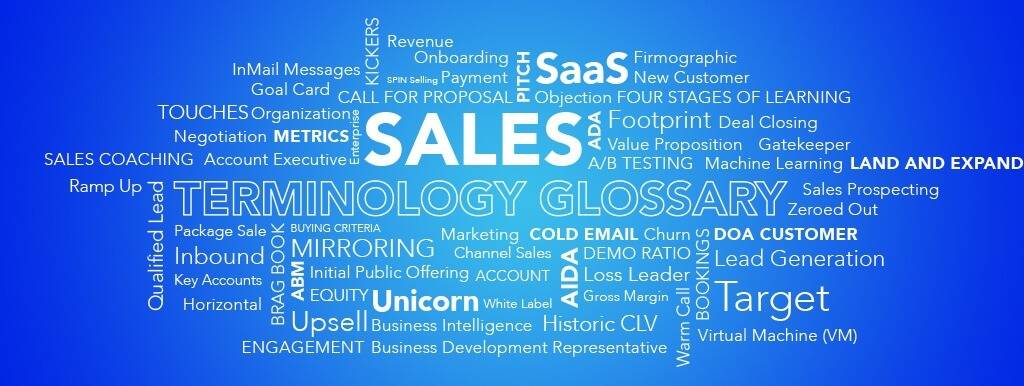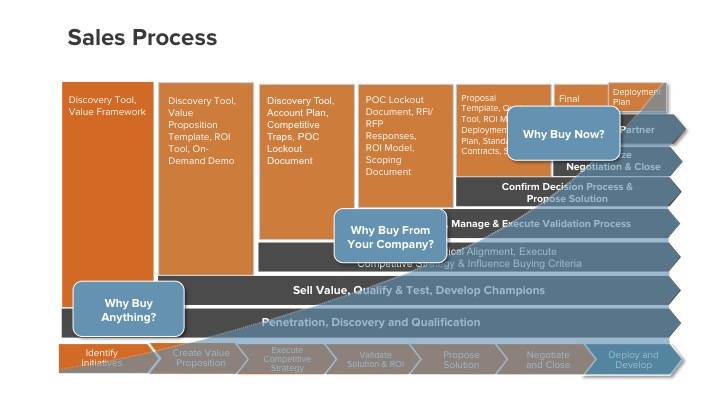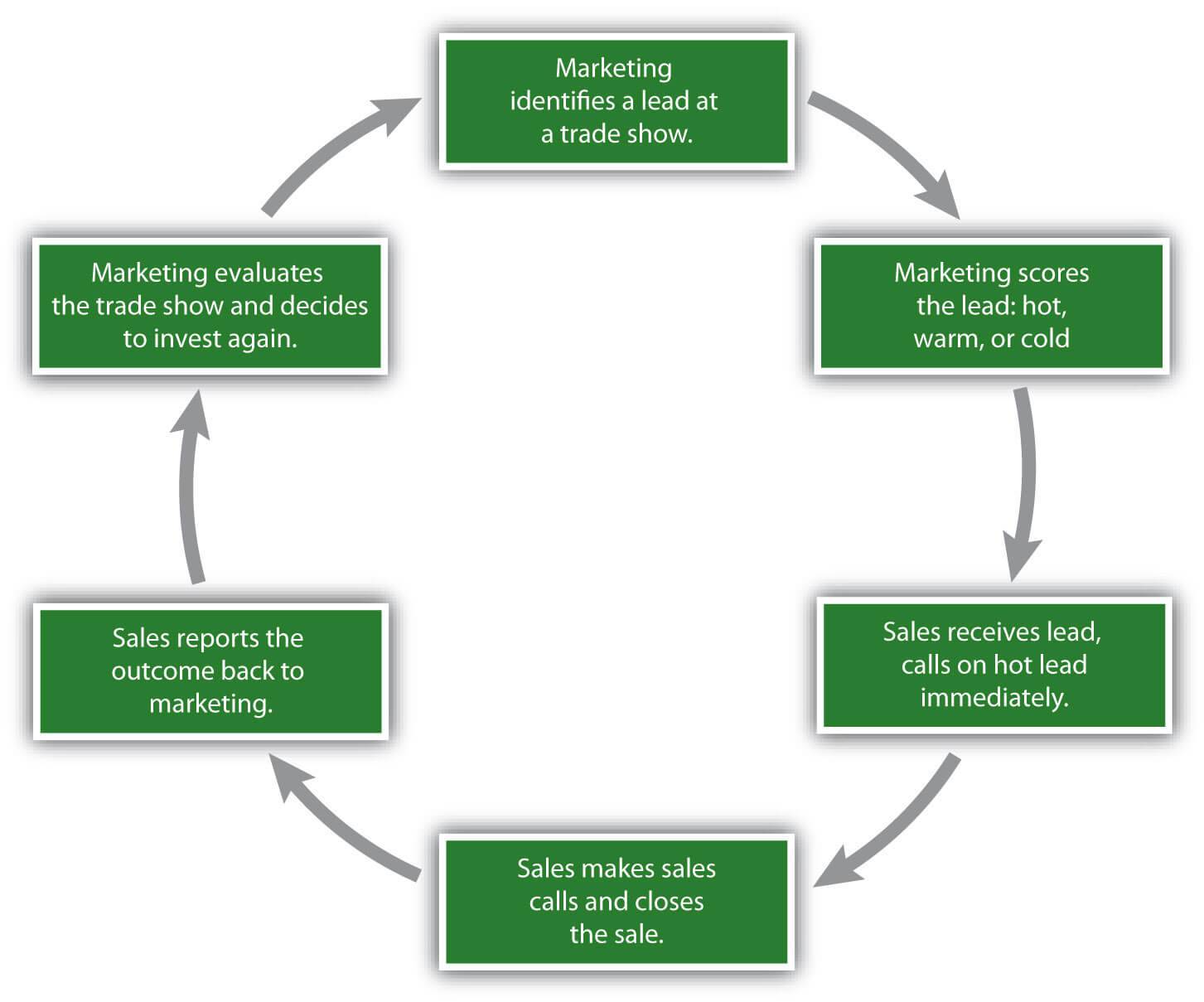As companies expand globally, English has become the universal language of business. Sales and marketing teams across the world must now possess a strong command of the language, both in written and spoken form, to effectively communicate with their audience. However, mastering a language for sales and marketing is not just about being fluent in grammar and vocabulary.
It is also about understanding best practices that can help you connect with your prospects and customers in a compelling way. In this blog post, we will explore some of the top best practices for sales and marketing in en Language, so you can improve your outreach strategy and increase conversion rates.

Understanding the Target Audience’s Buying Process
Understanding the target audience’s buying process is crucial for any successful sales and marketing strategy. By analyzing data on current customers, evaluating purchase trends, and defining specific target markets, businesses can get a better understanding of who their audience is and what they want. This can help to narrow down marketing strategies, from branding and messaging to pricing and packaging. In addition, creating a customer persona can help to personalize messaging and resonate better with potential buyers.
Regular meetings, open feedback loops, and increased communication between teams can also aid in aligning sales and marketing efforts, ultimately leading to greater success in reaching and converting target audiences.

Defining Common Terms and Acronyms
Defining common terms and the acronym is a vital step in ensuring effective communication between sales and marketing teams. This section aims to provide a comprehensive list of sales and marketing acronyms and terminology. Sales professionals are familiar with acronyms such as B2B and B2C, whereas marketers may use terms like AIDA or ABC. By understanding the terminology used by each team, it becomes easier to appreciate their contributions and identify areas of overlap.
Moreover, sales and marketing alignment can benefit from a shared language that reinforces the common goal of driving business growth. In conclusion, defining common terms and acronyms facilitates effective communication, which is vital in achieving mutual goals for sales and marketing.
Regular Meetings to Stay Connected
Regular meetings play a vital role in maintaining strong communication and alignment between sales and marketing teams. By prioritizing connection through consistent meetings, teams can stay informed of progress, learn about new developments, and identify potential issues or opportunities.
Additionally, regular meetings provide an opportunity for Q&A and brainstorming sessions, enabling teams to share ideas and explore different approaches. To make meetings more effective, it is important to check technology and consider shorter, more frequent check-ins. By fostering a culture of collaboration and respecting each other’s time, sales and marketing teams can build stronger partnerships and work towards shared goals.

Speaking the Language of Accounts
In order to effectively connect with customers, it’s crucial to speak their language. Understanding how situations are described in industry publications and aligning sales and marketing through an SLA are important steps to take. Additionally, it’s essential to develop a customer persona that takes into account their unique communication style and preferences. Sales representatives should also participate in important account-planning sessions and help develop marketing plans.
When interacting with customers, it’s important to frame things positively and avoid negative language. Finally, using feedback, both internally and externally sourced, can help sales and marketing teams continually improve their communication and meet the needs of their target audience. By speaking the language of accounts, companies can deepen their connection with customers and become more effective at converting leads and generating revenue.

Creating a Customer Persona
Creating a customer persona is a crucial step in targeting the ideal customer for your business. This process involves studying your current customers and identifying useful details about them. Through market research, surveys, and interviews, you can gather insights that help you define your buyer persona. Giving your persona a name and a story also helps you write and think about them. Personas ensure that sales and marketing teams share a common understanding of customers, improving communication and collaboration. Failing to nail down your customer personas may adversely affect your product development process, user experience, and marketing campaigns.
Therefore, developing a detailed and specific representation of your ideal customer, using a buyer persona template, is a critical tool to achieve customer-centricity.

Establishing an Open Feedback Loop
To ensure effective sales and marketing alignment, establishing an open feedback loop is critical. By gathering feedback from customers or internal teams, businesses can gain insights on areas for improvement and make data-driven decisions. In conjunction with creating a customer persona and understanding the buying process, an open feedback loop helps identify pain points and aligns marketing and sales with the target audience’s needs. Regular meetings and increasing communication between teams are also vital components to ensure successful collaboration.
Acknowledging and following up with customers in a reasonable timeframe builds trust and shows a commitment to improving the customer experience. Emphasizing a culture of open communication and using qualitative, externally-sourced feedback further enhances the feedback loop process. By utilizing best practices for sales and marketing alignment, businesses can improve customer satisfaction, increase revenue, and drive long-term success.

Using Qualitative, Externally-Sourced Feedback
Using qualitative, externally-sourced feedback is an essential component of any successful sales and marketing strategy. By obtaining insights and opinions from customers or third-party sources, businesses can gain a better understanding of their target audience’s needs and preferences. This feedback can help to inform the development of marketing strategies, sales tactics, and product offerings. Additionally, leveraging external sources can provide a more objective perspective, as internal teams may be too close to their own products or services to recognize areas for improvement.
However, it’s crucial to be mindful of the limitations of qualitative feedback and to use it in conjunction with other data sources. By integrating regular communication and feedback loops with customers and external sources, businesses can stay informed and agile in a constantly evolving market.

Knowing the Math Behind Sales and Marketing
In order to be successful in sales and marketing, it is crucial to understand the math behind it all. From calculating the cost of acquiring a new customer to analyzing sales forecasts, having a good grasp of marketing math can provide valuable insight into the effectiveness of your marketing strategies. This includes using formulas to determine sales growth, marketing costs, and return on investment. Digital marketing math can also play a role in improving email campaigns and online initiatives by analyzing open rates, click-through rates, and conversion rates.
By incorporating a strong understanding of marketing math into their strategies, businesses can better track their progress, identify areas for improvement, and ultimately increase their revenue.

Increasing Communication Between Teams
Effective communication between sales and marketing teams is crucial for the success of any business. In order to increase collaboration and alignment, it is important to focus on improving communication channels between these two teams. One effective way of doing so is to establish regular meetings that provide an opportunity for both teams to stay connected and aligned on shared goals. Another method is to ensure that common terms and acronyms used by both teams are defined and understood, eliminating any potential for misunderstandings.
Additionally, creating a customer persona can help both teams better understand their target audience, facilitating a smoother communication process. Lastly, an open feedback loop and the use of qualitative, externally-sourced feedback can help further enhance communication and collaboration between these two teams. By implementing these best practices, sales and marketing teams can streamline communication, increase transparency, and ultimately deliver better results for the organization.

Best Practices for Sales and Marketing Alignment
Aligning sales and marketing can help achieve growth in annual revenue, customer retention rates, and overall business success. To ensure sales and marketing teams are aligned, it is important to establish a shared language, hold regular meetings to stay connected and create a customer persona that both teams can understand. Additionally, establishing an open feedback loop and using qualitative, externally-sourced feedback can enhance communication and improve the effectiveness of sales and marketing strategies.
Knowing the math behind sales and marketing and increasing communication between teams can also facilitate successful alignment. By implementing these best practices for sales and marketing alignment, businesses can increase efficiency, drive growth, and ultimately achieve greater success.
Conclusion
In conclusion, the best practices for sales and marketing involve a deep understanding of the target audience’s buying process, defining common terms and acronyms, regular communications between teams to stay connected, speaking the language of accounts, creating a customer persona, establishing an open feedback loop, using qualitative, externally-sourced feedback, knowing the math behind sales and marketing, and increasing communication between teams. These practices require a structured approach to soliciting customer input, identifying needs, and developing customer solution strategies.
Ultimately, effective sales and marketing require transparency in policies, programs, and strategies. Practicing these strategies can set businesses apart from competitors and foster long-term success. By following these best practices, companies can better align their sales and marketing efforts to create a customer-centric approach that will drive revenue and build customer loyalty for years to come.



